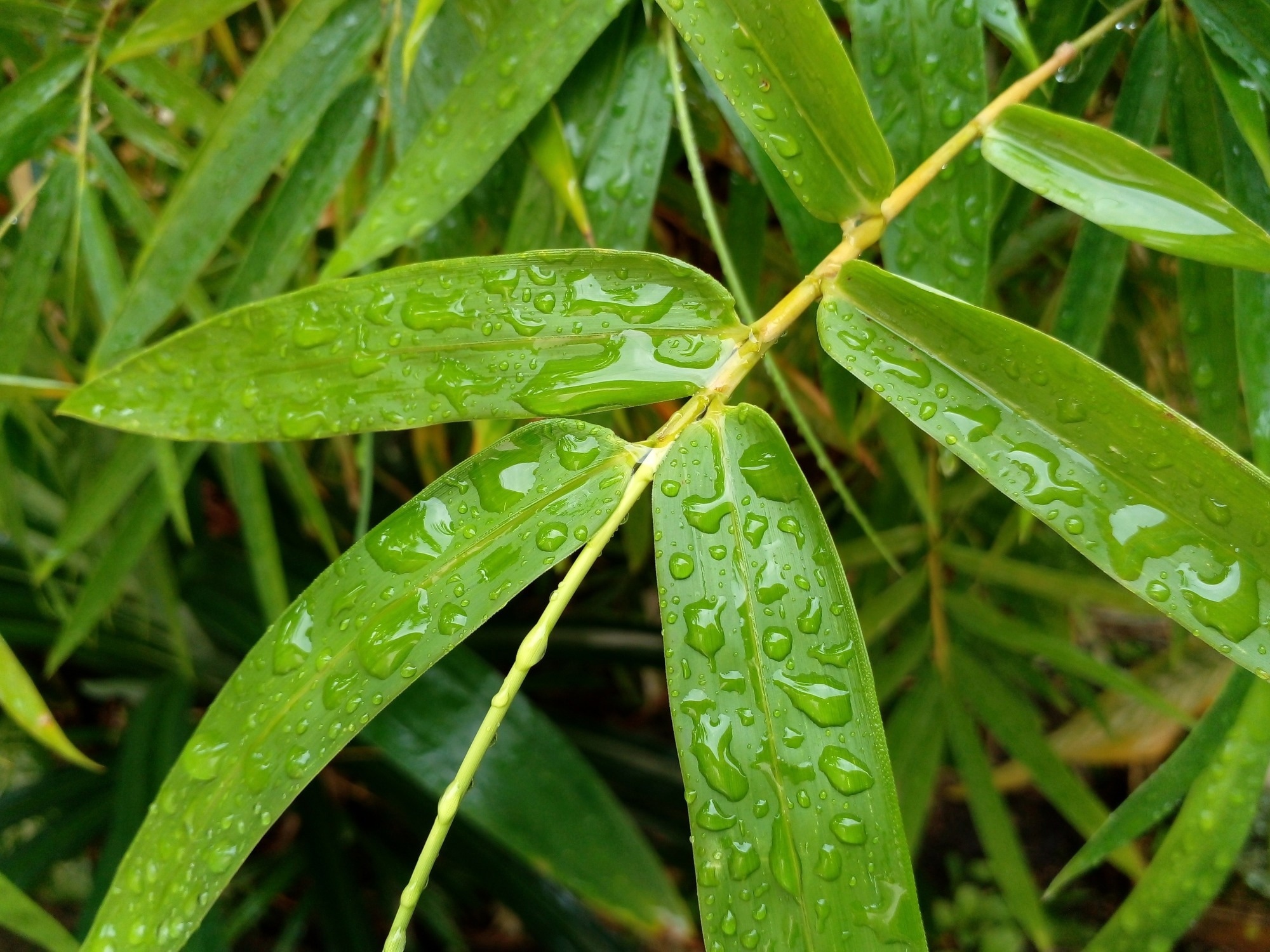In a recent study published in the Antioxidants journal, researchers explored the antioxidant and anti-inflammatory properties of bamboo leaves (BL) and sheaths (BS).
 Study: Anti-Inflammatory and Antioxidant Effects of Leaves and Sheath from Bamboo (Phyllostacys edulis J. Houz). Image Credit: ListyDwi/Shutterstock.com
Study: Anti-Inflammatory and Antioxidant Effects of Leaves and Sheath from Bamboo (Phyllostacys edulis J. Houz). Image Credit: ListyDwi/Shutterstock.com
Background
Phyllostacys edulis J. Houz, commonly known as bamboo, belongs to the subfamily Bambusoideae of the Poaceae family and holds significant economic value.
Research on natural plant compounds' anti-inflammatory and antioxidant properties has gained significant attention in recent years due to their potential applications in various industries, including food, pharmaceuticals, and cosmetics.
Bamboo leaf extracts have been found to possess anti-inflammatory properties in various cellular contexts. The pharmacological studies on bamboo have primarily concentrated on bamboo leaf flavonoids, despite the increasing detection of chemical compounds in bamboo.
Additional research is required to assess the efficacy of various bamboo by-products and to conduct toxicity assessments on the plant.
About the study
The team gathered bamboo leaves and shoots in April 2022. The leaves were prepared by washing and cutting them into small pieces to be extracted later. Ultrasound-assisted maceration was used to process both shoots and leaves. Total phenol content (TPC) was determined.
The study utilized ultra-high-performance liquid chromatography (UHPLC) with a photodiode array detector (PDA-1) detector to quantify phenolic and flavonoid compounds found in bamboo sheaths and leaves.
Beta-carotene protection against the oxidizing effects of thermodegradation products of linoleic acid was also assessed through a β-carotene bleaching test. The study utilized HepG2 cells to examine the antioxidant properties of BS extracts in combating oxidative stress caused by hydrogen peroxide (H202).
The study investigated the anti-inflammatory properties of bamboo extracts from Phyllostacys edulis. The research utilized polysaccharide (LPS)-stimulated human macrophages as an acute inflammation in vitro model. The gene expression proportions of pro-inflammatory cytokines in BS- and BL-treated human M1 macrophages were evaluated using real-time polymerase chain reaction (PCR).
Results
The leaf extract demonstrated strong potential in scavenging radicals, with half-maximal inhibitory concentration (IC50) values of 3.07 in the 2,2-azinobis(3-ethylbenzothiazoline-6-sulfonic) acid (ABTS) and 44.32 µg/mL in the 2,2-diphenyl-1-picrylhydrazyl (DPPH) tests.
The sheath extract showed a significant ABTS radical scavenging activity with an IC50 of 6.78 µg/mL. After 60 minutes of incubation, the activity of leaves increased while the BS and BL samples showed low ferric-reducing ability, with ferric-reducing ability of plasma (FRAP) values of 7.71 and 10.25, respectively. The bioactivity test also revealed a positive correlation between total phytochemical content and antioxidant activity.
Three bamboo species obtained in China, namely Pleioblastus amarus, Lophatherum gracile, and Phyllostachys nigra, had a lower DPPH radical scavenging potential. The IC50 values for these species ranged from 1.25 to 5.07 mg/mL for Pleioblastus amarus, 1.59 to 2.72 mg/mL for Phyllostachys nigra, and 2.10 to 10.17 mg/mL for Lophatherum gracile.
Extracts from Phyllostachys nigra leaves showed a similar ability to scavenge radicals, with IC50 values ranging from 1.79 to 32.64 mg/mL for ABTS and 2.05 to 47.90 mg/mL for DPPH.
The study found that cellular treatment with H2O2 increased reactive oxygen species (ROS) accumulation. However, using BS inhibited the production of ROS induced by H2O2 in a dose-dependent manner. This suggests BS can prevent oxidative stress damage caused by H2O2 in HepG2 cells.
Untreated M0 macrophages have low levels of monocyte chemoattractant protein-1/C-C motif chemokine ligand 2 (MCP-CCL2) and interleukin (IL)-6.
However, when stimulated with LPS, macrophages increase their production of MCP-1/CCL-2 and IL-6. BS and BL were found to have anti-inflammatory effects in macrophages, as they reduced inflammation at 0.1 and 0.2 mg/ml of BL and BS.
Conclusion
The study concludes that bamboo leaf and sheath processing by-products have antioxidant and anti-inflammatory properties, making them suitable for various industries such as food, cosmetic, nutraceutical, and pharmaceutical.
The leaf extract, which contains more total flavonoids and phenols than the sheath processing by-products, demonstrated the highest activity level in all antioxidant assays.
The two extracts can reduce cytokine production in cellular inflammation, suggesting their potential use in treating or preventing inflammatory diseases. Additional research is required to examine the mechanism of action and toxicological characteristics of various bamboo extracts for the purpose of utilizing plant biomass for human health benefits.